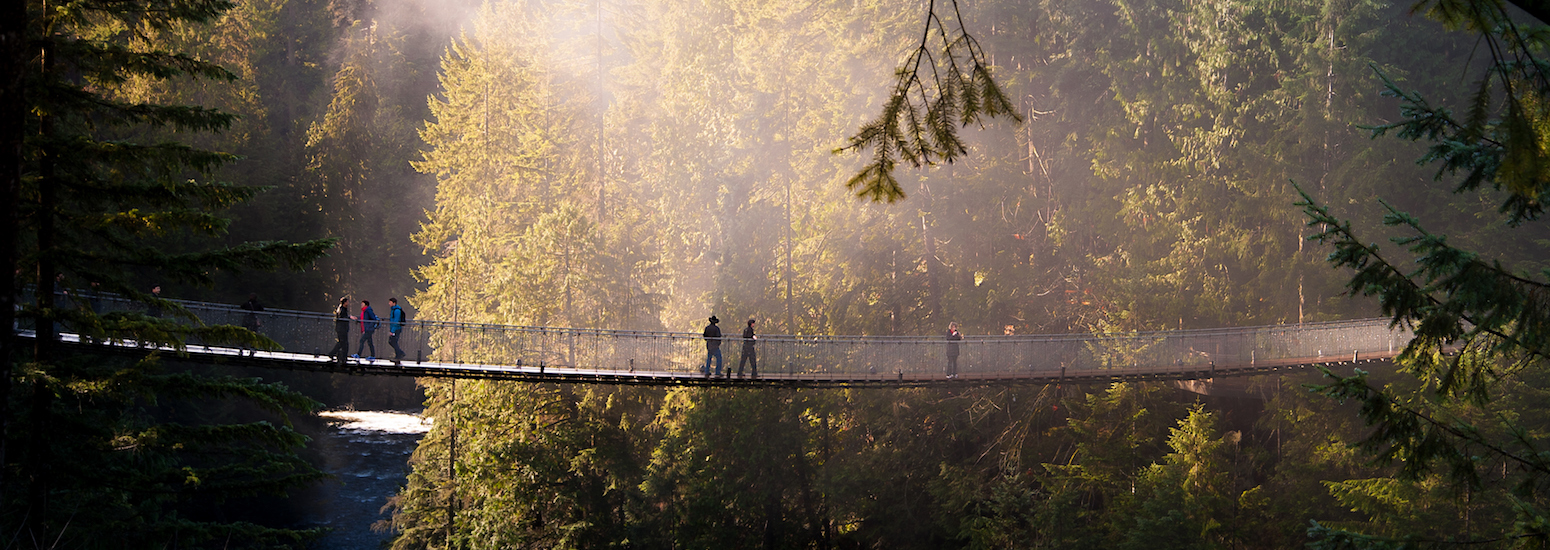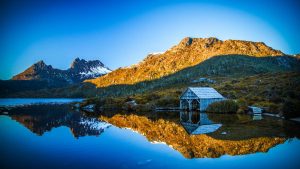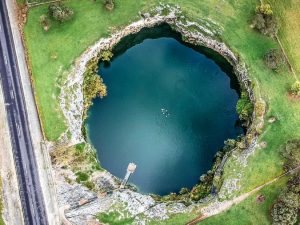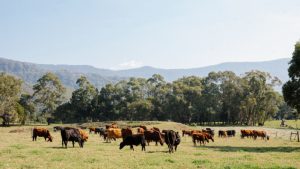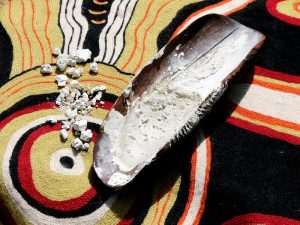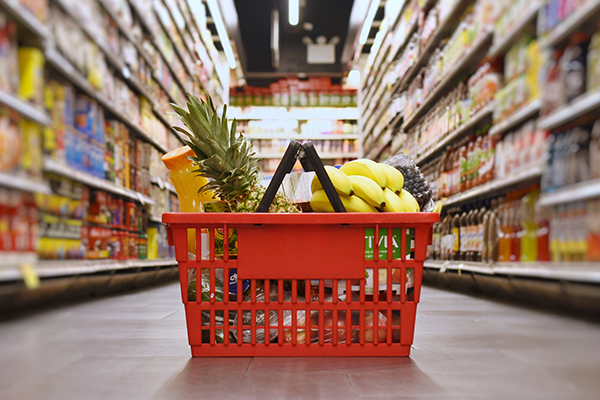1 Grand Pacific, NSW
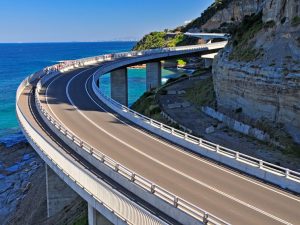
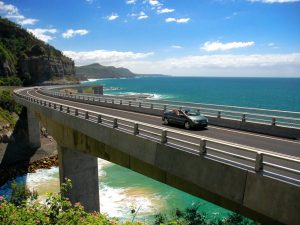
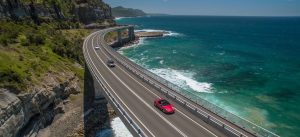

Take a short 140km weekend road trip from Sydney, and you’ll explore the townships of Wollongong, Shellharbour, Kiama and the Shoalhaven along the Grand Pacific Drive. You’ll pass some of NSW’s most beautiful beaches, rugged cliff faces and mesmerising lookouts. This route uses the Sea Cliff bridge — an engineering marvel that swings away from the sea cliffs and out over the ocean.
2 Katoomba to Hawkesbury, NSW
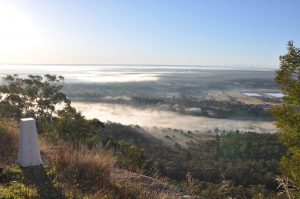



This two-day, 220-kilometre circuit is an exploration through the alluring sandstone plateaus west of Sydney. See the Three Sisters in Katoomba, explore the 340-million-year-old Jenolan Caves, stroll the verdant Blue Mountains Botanic Garden at Mount Tomah, go cider tasting in Bilpin, and finish with a paddle on the Hawkesbury River.
3 Parkes to Bourke, NSW
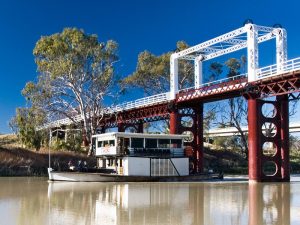
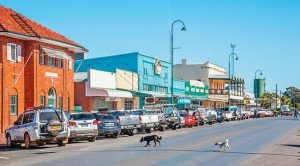
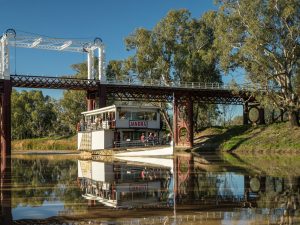
Weave your way through Central and Outback NSW on this 910-kilometre epic drive. From Parkes, wander Dubbo’s zoo and historic streets. Gaze at the stars at the Warrumbungles (pictured) and learn more about the Dark Sky Park in Coonabarabran’s observatories. Fossick for opals at Lightning Ridge, get a deeper understanding for Aboriginal culture at Brewarrina and wrap up on the river in Bourke.
4 Great Ocean Road, VIC
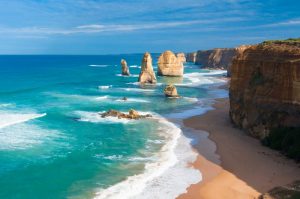
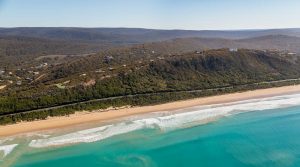
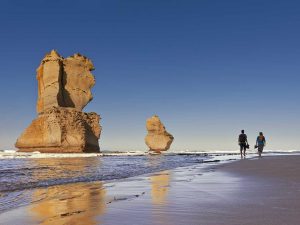
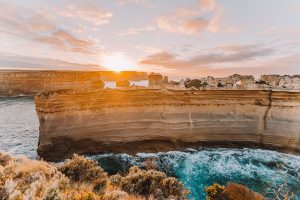
The great thing about road tripping on the Great Ocean is that is stills feels untouched. That’s probably because of its expansive landscape that invites you to savour the 243km of winding road. Weave through rugged coastal scenery, national parks, deserted beaches and quaint townships and marvel at the wild and windswept Southern Ocean.
5 Great Alpine Road, VIC
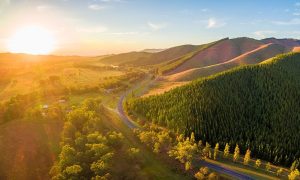

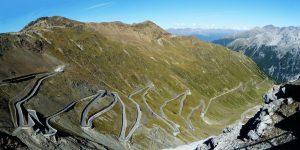
This road trip winds some 500km from Wangaratta through Victorian High Country and into the Gippsland Lakes area. The Great Alpine Road takes in scenery fit for a postcard and is dotted with historic towns and alpine villages. The warmer months bring the opportunity for a spot of horse riding and fishing while during the colder months it’s wise to pack skis, boots and most importantly, wheel chains.


 COVID-19 Around the World3 years ago
COVID-19 Around the World3 years ago
 Cuisine Explorer4 years ago
Cuisine Explorer4 years ago
 Arabic2 years ago
Arabic2 years ago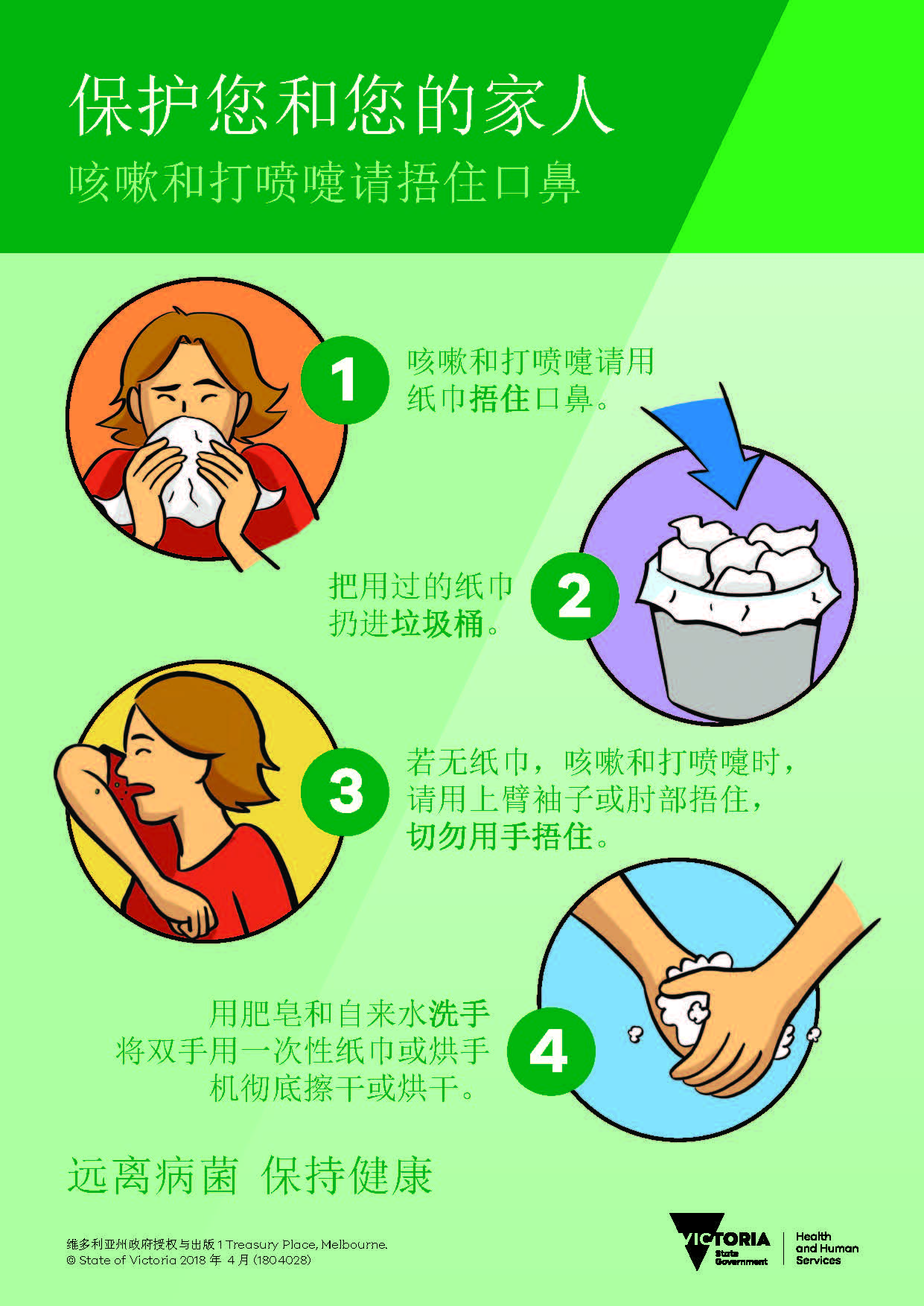
 Cantonese - Traditional Chinese4 years ago
Cantonese - Traditional Chinese4 years ago
 Tagalog4 years ago
Tagalog4 years ago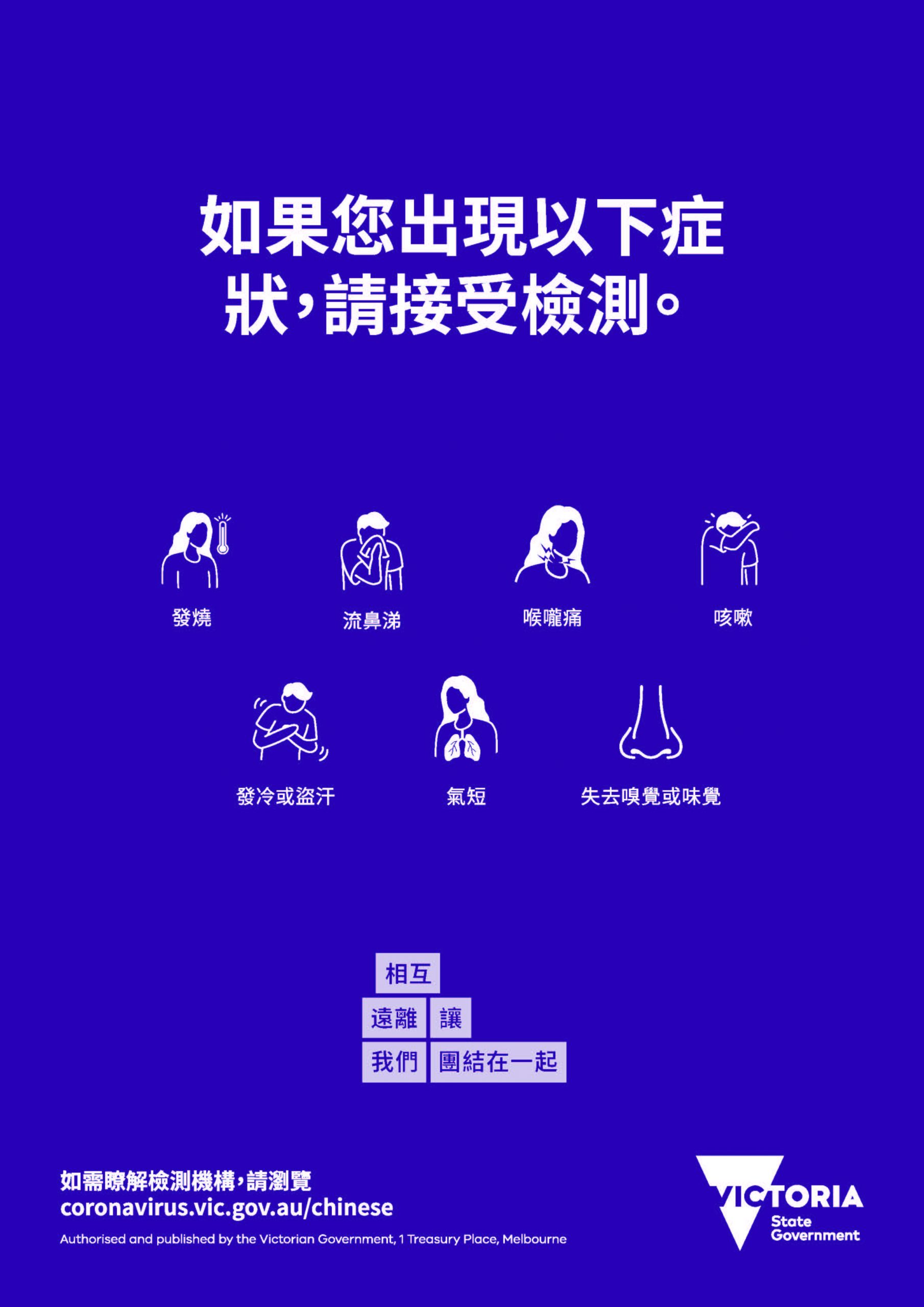
 Uncategorized4 years ago
Uncategorized4 years ago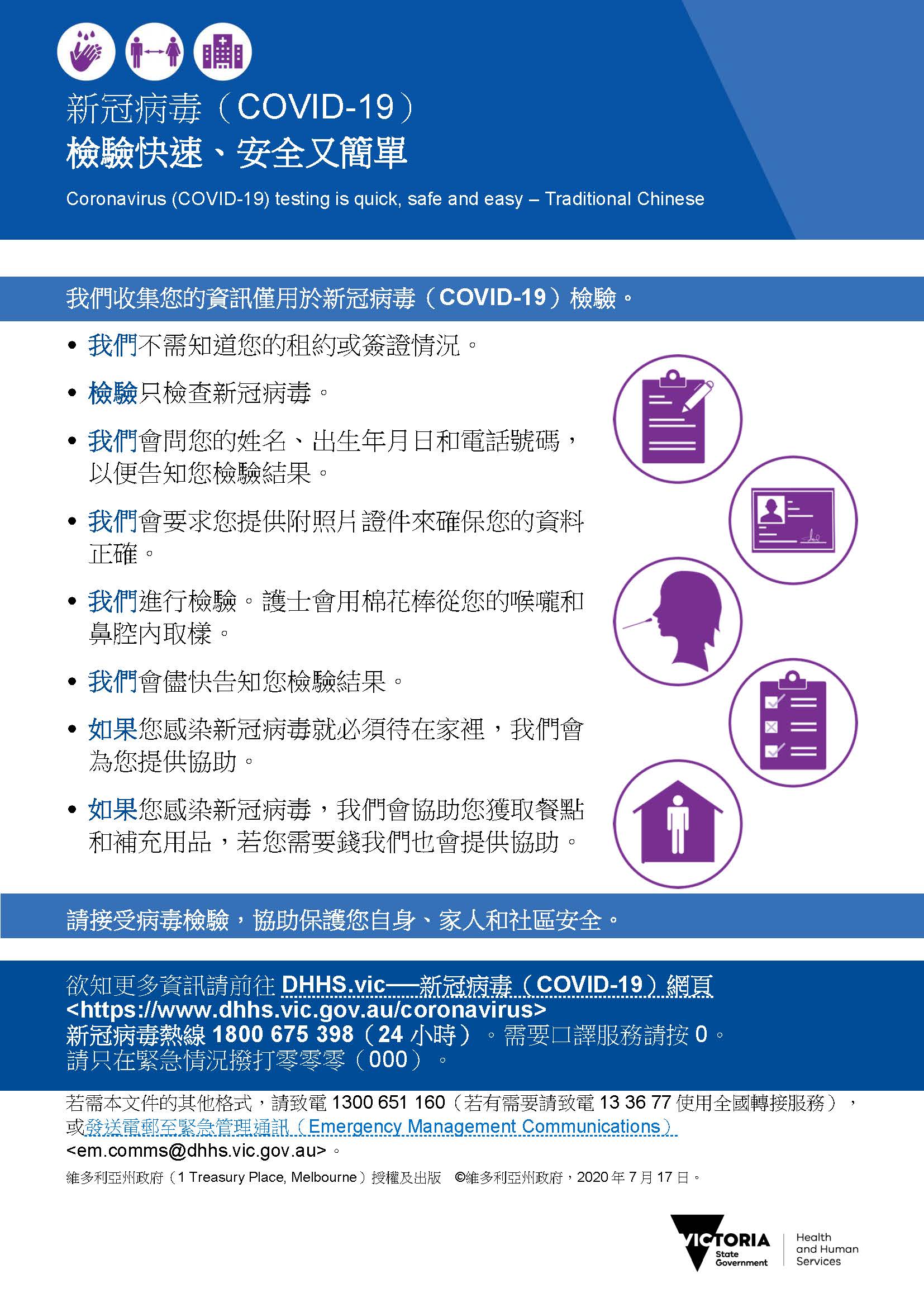
 Uncategorized4 years ago
Uncategorized4 years ago





















